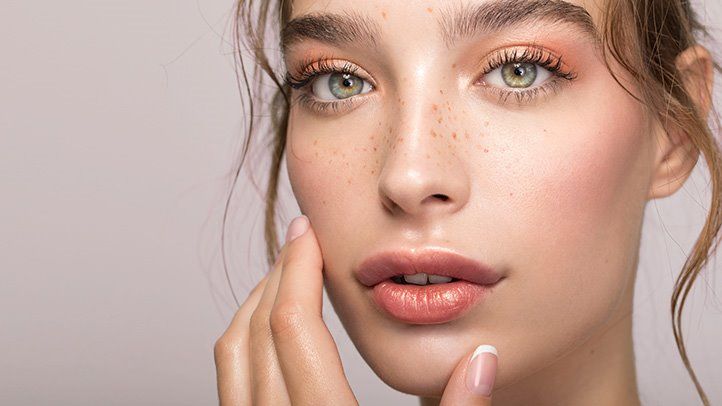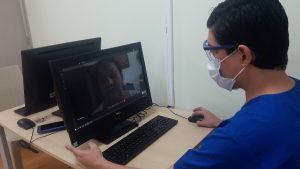ALL ABOUT PIGMENT STAINS AND MELASMA

The summer is over and you may have noticed that small or large dark spots have appeared on the face. This is called pigmentation, and trust us when we say you are not alone in them!
Once you have received pigmentations, it can be difficult to get rid of them, but here we give you the best tips for how you can reduce existing pigmentations and how to counteract getting new ones.
What are pigmentations?
A hyperpigmentation, also called pigment spot, is caused by an overproduction of the skin pigment melanin. When a pigmentation occurs, the melanocytes that produce melanin have clumped together and result in a dark spot on the skin.
Why do we get pigmentations?
There are different types of pigment spots and their appearance can be due to several things. One type of pigmentation is sun damage which is also called age spots as these usually appear more with age. Another variant is the pigmentation that occurs during hormonal changes in the body called melasma or chloasma.
Pigment spots can also appear as dark marks or discolorations in the skin. These are called post-inflammatory pigmentations (pih) and can occur, for example, after pimples or wounds.
It is important to keep in mind that all types of pigmentation become clearer when exposed to the sun.
What is melasma?
Melasma or Chloasma as it is also called, is a type of hormonal pigmentation that most often occurs on the face, especially in women. The pigment that determines the color of your skin is called melanin and it is the increased melanin production in the skin that gives melasma.
The skin condition causes dark or discolored spots, usually on the cheeks, bridge of the nose, upper lip and on the forehead. Other parts of the body that are exposed to a lot of sun can also be affected.
Melasma usually occurs in connection with hormonal changes in the body. During pregnancy, you as a woman have an excess of hormones, which increases the risk of melasma. The condition is therefore sometimes called a “pregnancy worm”. Birth control pills and other types of hormone treatments are also common causes of melasma.
This type of pigmentation is completely harmless but can be difficult to suffer from for aesthetic reasons. To prevent melasma, as with other types of pigmentation, the most important thing is to protect yourself from the sun. The sun, together with the imbalance in the hormones, can aggravate the melasma and make the pigmentation darker and more visible.
What is post-inflammatory hyperpigmentation (PIH)?
These pigment spots are caused by inflammation or damage to the skin and appear as flat discolored spots. The large amounts of melanin produced during inflammation darken and discolor the previously damaged area and remain even after the damage has healed. Post-inflammatory hyperpigmentation, PIH, is particularly common in people suffering from acne.
How do I protect myself from pigmentation?
UV protection is a must. During the summer, the best way is not to stay in the sun in the middle of the day between 11-15. A cap or sun hat is also a good compliment when you are out in the sun.
But keep in mind that you must also wear UV protection all year round with at least SPF 30. We have several city protections that are excellent during autumn and winter.
Unfortunately, it is not possible to completely protect oneself from all pigmentation, and the ones that are most difficult to avoid are the hormonal ones. However, these can be triggered by UV rays so UV protection can also help with hormonal pigmentation.








